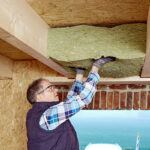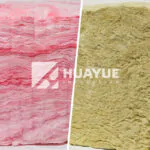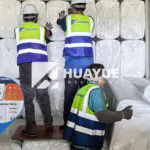Does fiberglass insulation burn?
People worry when thinking about fire safety in buildings. Fiberglass insulation is common, so many want to know if it burns.
Fiberglass insulation does not burn under normal conditions. It is made from sand and glass, both non-combustible. Manufacturers design fiberglass to resist fire and slow the spread of flames.
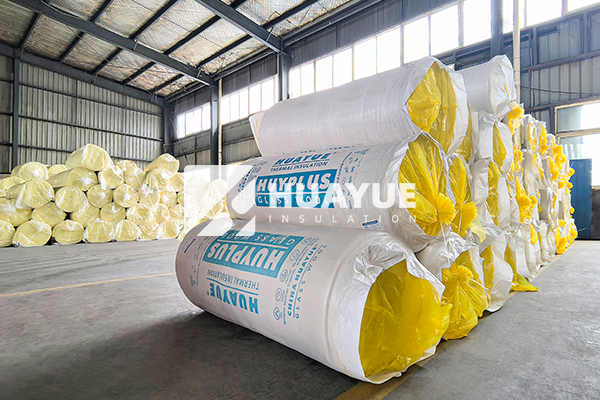
Fiberglass insulation can seem mysterious. I remember first seeing it in an attic and wondering if it would catch fire easily. Some people worry because the material looks soft and fluffy. In reality, the glass composition gives it strength against fire. This article explains when, how, and if fiberglass burns. Let’s see what really happens.
Will fiberglass insulation catch fire?
Some building materials burn easily. People often ask about fiberglass insulation and whether it can catch fire.
Fiberglass insulation is not flammable. The glass fibers do not catch fire on their own, even when exposed to high heat. Tap or heated glass at extreme temperatures, and it melts rather than burning.

Fiberglass insulation comes from spun sand and recycled glass. High heat transforms these raw materials into fibers. People sometimes see batts with paper or foil backing, which could burn if exposed to open flame. The fiberglass itself stays stable. Many safety codes require insulation to slow the spread of fire, not add to it. I saw a demo where fiberglass withstood a torch, while other materials caught fire quickly. This shows one reason why it is used in homes and chemical plants. The glass content resists flames. If you use fiberglass insulation, you get peace of mind for fire safety.
Table: Flammability of Common Insulation Materials
| Material | Flammable? | Melting Point | Remarks |
|---|---|---|---|
| Fiberglass | No | ~1,100°C (2,012°F) | Won’t burn, may melt at high heat |
| Rock Wool | No | ~1,200°C (2,192°F) | Similar fire resistance |
| Foam (Polyurethane) | Yes | ~180°C (356°F) | Catches fire, produces toxic smoke |
| Cellulose | Yes | Burns easily | Treated with fire retardant, risk remains |
At what temperature does fiberglass insulation burn?
People sometimes ask if heat alone can ignite fiberglass insulation. They want numbers to compare different products.
Fiberglass insulation does not burn at regular building fire temperatures. Instead, it melts at about 1,100°C (2,012°F). Ordinary fires rarely reach this heat, so it resists flames.

Heat resistance sets fiberglass apart from foam or cellulose insulation. In most house fires, temperatures reach 600°C to 900°C. Fiberglass will not ignite at these levels. Instead, it starts to lose shape as heat approaches its melting point. This process does not produce flame, just softening. If fire ever gets hotter than 1,100°C, the glass fibers will melt into a sticky liquid. I saw this during a facility test. Even then, no smoke or hazardous flame appeared. This quality helps keep structures safer by slowing fire spread.
Table: Burn Temperatures of Different Insulation Materials
| Material | Ignition Temperature | Melting Temperature | Behavior in Fire |
|---|---|---|---|
| Fiberglass | Will not ignite | ~1,100°C (2,012°F) | Melts, no flame or smoke |
| Rock Wool | Will not ignite | ~1,200°C (2,192°F) | Melts slowly |
| Polyurethane Foam | ~370°C (698°F) | ~180°C (356°F) | Burns rapidly, emits smoke |
| Cellulose | ~180°C (356°F) | Burns quickly | Can ignite and spread fire |
Is pink fiberglass insulation flammable?
Everyone has seen the bright pink insulation used in homes. Some think the color means something different about fire safety.
Pink fiberglass insulation is not flammable. The color comes from additives or dye, not from any additional chemicals that affect burn risk.
Pink fiberglass remains glass fiber at its core. The dye does not change its fire properties. I talked to facility managers who tested pink batts and regular batts under torch flame. Both types responded the same way. Sometimes paper facing attached to pink fiberglass can burn, but the insulation itself does not burn. Pink or yellow, fiberglass is a good choice for those who want fire safety.
Table: Fire Properties of Common Colored Insulation
| Color | Fire Rating | Reason for Color | Flammability |
|---|---|---|---|
| Pink | Non-flammable | Dye for branding | Does not burn |
| Yellow | Non-flammable | No dye | Does not burn |
| Green | Non-flammable | Sometimes dye | Does not burn |
Does fiberglass insulation burn skin?
Some people are afraid of touching fiberglass because friends told them scary stories. They wonder if the material can burn or hurt skin.
Fiberglass insulation does not burn skin. However, it can cause irritation or itchiness if fibers stick into uncovered skin. It does not leave burns like fire or chemicals.
When installing or inspecting tanks, I wear gloves and long sleeves if working around fiberglass insulation. Thin glass fibers can get caught in my skin and cause itching. The irritation is mechanical, from the shape of the fibers, not from heat or burning. Washing with simple soap and water removes the problem. I tell new staff at the plant, “Fiberglass won’t burn you, but don’t rub your eyes with dirty hands.” Compared to other materials, fiberglass insulation is safe when handled properly. It does not produce chemical burns or heat injuries, but wearing protection saves discomfort.
Table: Skin Safety Considerations for Insulation Materials
| Material | Burns Skin? | Irritation Risk | Recommended Safety |
|---|---|---|---|
| Fiberglass | No | Light itching | Gloves, long sleeves, mask |
| Rock Wool | No | Mild itching | Same precautions as fiberglass |
| Polyurethane | No | Chemical burn if uncured | Gloves, mask, ventilation |
| Cellulose | No | Low | Gloves if dusty |
Conclusion
Fiberglass insulation does not burn. It resists fire. It may melt at extreme temperatures, but it keeps buildings and tanks safer in the long run.
You may also be interested in:
Ready to Get Started?
Get in touch with our experts for personalized solutions tailored to your needs.
Get Free QuoteLatest Articles
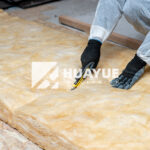
How to Cut Fiberglass Insulation Easily and Safely?
Nov 21, 2025
Let's Work Together
Ready to take your business to the next level? Get in touch with our team of experts and let's discuss how we can help you achieve your goals.
Get Free Solutions



